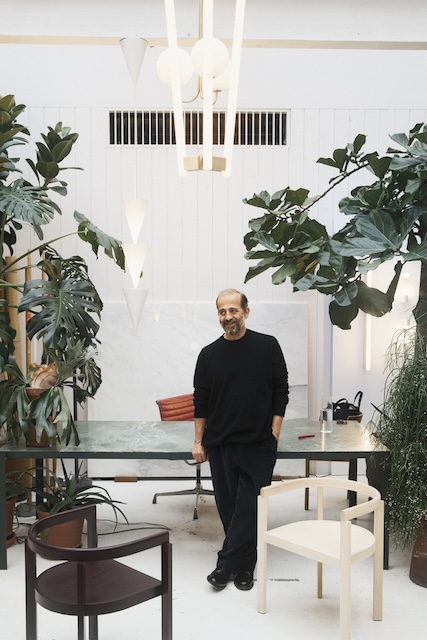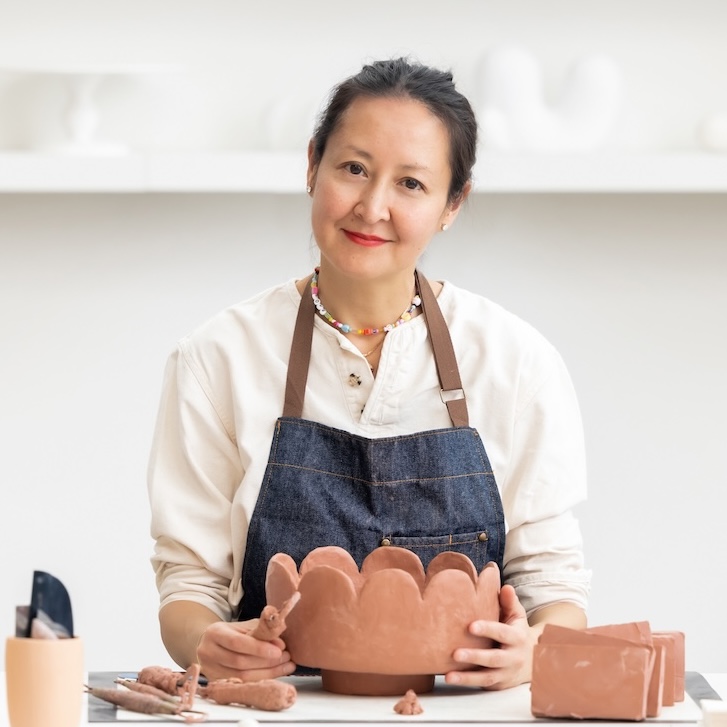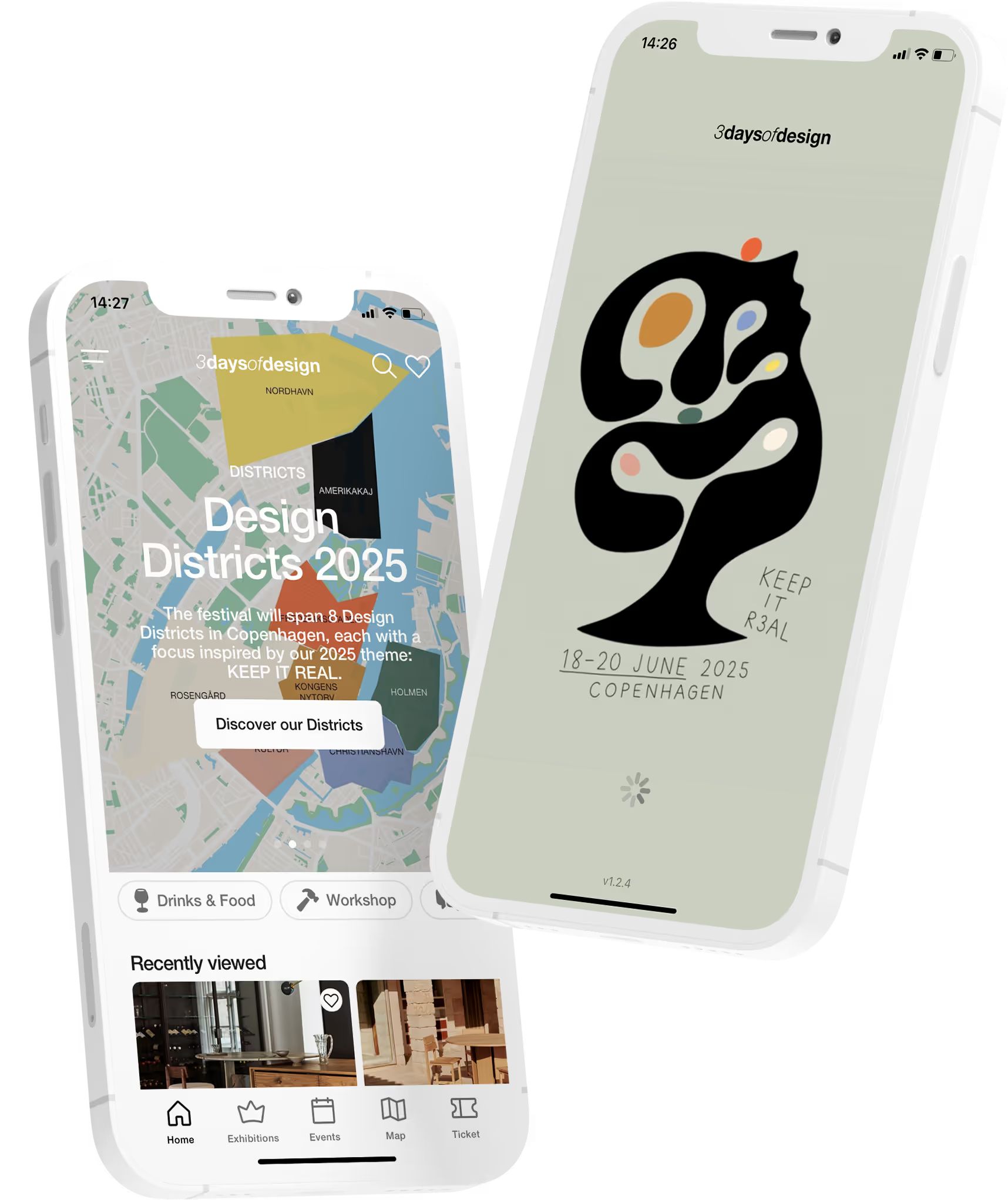In Praise of Imperfection
At this year's 3daysofdesign, Kia Utzon—Frank took on a new role: curator of No. 1 Common, a group exhibition that explores regenerative forest practices and creative reuse through the lens of lesser–used American hardwoods.
Your work often explores transformation and tactility. How did working with AHEC (American Hardwood) open new possibilities?
I have never really worked with wood before, but I love being new to a material, as not knowing much about it lets you explore it in a much freer way. You don't know the rules, so you aren't worried about breaking them. I usually work with what's at hand and try to avoid long–winded, difficult processes, and I go with the simpler solutions that can be explored in many different ways. Using timber makes it possible to quite easily create large structures that support the designers' processes and finished designs, while showcasing the raw material the designs are made from. The idea of eliminating waste and making an exhibition design with materials that will be re–used was an incredibly important challenge that I think everyone should consider taking on in their work. And even make it a priority.
AHEC No. 1 Common puts material centre stage. What was your conceptual starting point for the piece you're showing?
We went on a field trip with the designers and AHEC to Benchmark in the UK (the production company making the pieces), and I was instantly taken by the aesthetic of the timber yard, how the timber was drying in seemingly random stacks, held together with ratchet straps, and how the wood was hand–marked with crayons. I have used all these elements to build the exhibition, I didn't want to make a neat exhibition, as nothing about the raw timber, the process or even the forest itself is orderly or slick. It's simply there, and everything has a purpose.
This exhibition gathers a broad group of designers around a common material. How do you see your contribution in dialogue with the others, and what kind of story do you hope it tells as part of the collective?
I think it is equally important to show the designers' processes as it is to see their finished pieces. The three designers really work differently, and I have shaped the exhibition to accommodate that. I had to make a very flexible exhibition design that could adapt to whatever they came up with, while also telling the story of the No. 1 Common–grade wood, the regenerative forest, the production of the timber and the designers' process. I also only wanted to use offcuts and leftover from No.1 Common timber for the finished pieces, avoiding screws or adapting the timber in any way, so it can be used again after the exhibition. Finally, I wanted the visitors to get curious and explore the exhibition, so I hid some information where it will not be found by everyone. My job is not to stand out, but to make sure that all these stories are woven together in a way that brings the three designers and the wood into relief.
Sustainability is a major theme in the AHEC platform. How do you personally approach the question of sustainability in your practice?
Sustainability is a given, not a consideration. I always find a way to reuse scraps and off–cuts to create new designs, and this often leads to new techniques and approaches. I find a lot of solutions by looking backwards at how things were done ages ago, or observing how nature functions. All the solutions are already there, and they can be applied in different ways depending on your project and issues. Basically, nature has already solved our sustainability problems for us, we just stubbornly insist on extracting from our resources rather than learning from them.
Whether developing edible marble, sculptural installations or modular architectural systems, the Danish designer Kia Utzon—Frank is known for blurring the boundaries between craft and sculpture. Her approach is deeply process driven, often embracing the imperfect, the adaptive and the intuitively engineered to challenge assumptions about what materials should do.
This article was first published in The Paper. The Paper is created in collaboration with Danish lifestyle magazine Bo Bedre. Published during the festival, it offers curated insights, interviews, and highlights, guiding our visitors on what to see and where to go.
At 3daysofdesign, our commitment extends beyond showcasing the latest trends in interior design and furniture. We strive to facilitate meaningful discussions, debate, and actively contribute to pushing forward a more sustainable approach within the realm of interior design and furniture business. Join us in our mission to inspire positive change and promote a greener, more responsible future for the industry.





